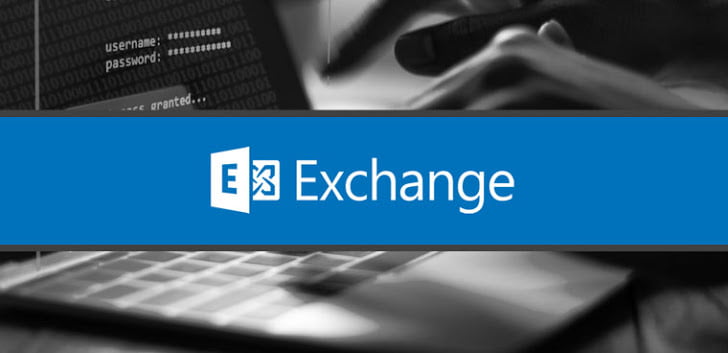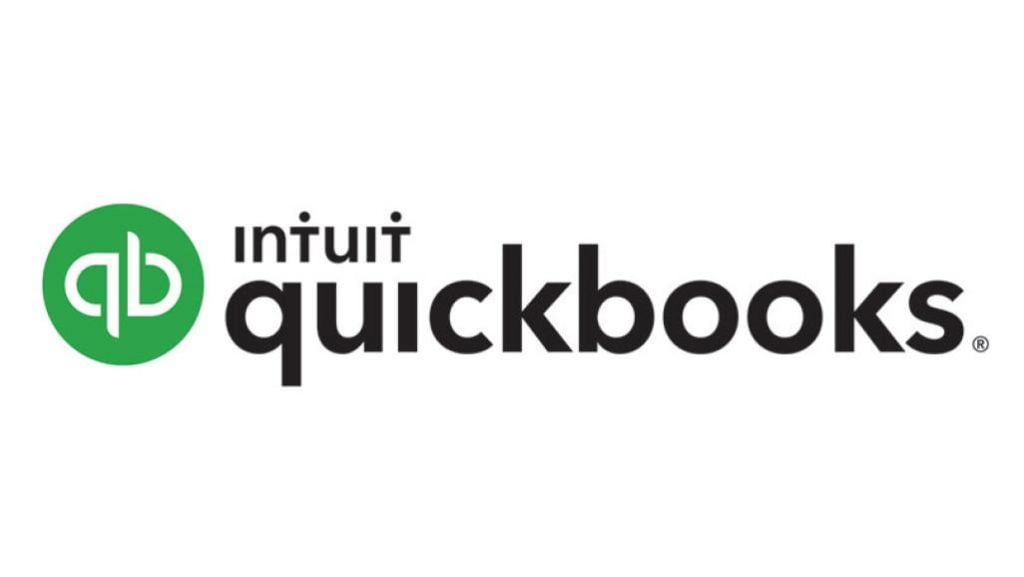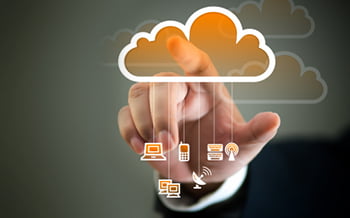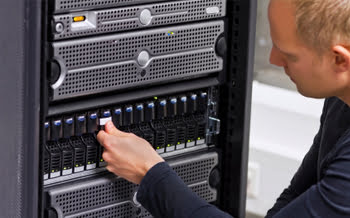Windows 11 is Here. Is Your Business Ready?
Windows 11 became available starting on October 5, 2021. The free upgrade to Windows 11 has begun rolling out to eligible PCs and PCs that are pre-loaded with Windows 11 are slowly becoming available for purchase. What’s New in Windows 11? Windows 11 features major changes to the Windows GUI, including a redesigned Start menu, the replacement of its “live tiles” with a separate “Widgets” panel on the taskbar, the ability to create tiled sets of windows that can be minimized and restored from the taskbar as a group, and new gaming technologies inherited from Xbox Series X and Series S such as Auto HDR and DirectStorage on compatible hardware. Internet Explorer is also replaced by Microsoft Edge and Microsoft Teams is integrated into the Windows shell. Microsoft has also announced plans to offer support for Android apps to run on Windows 11, with support for Amazon Appstore and manually-installed packages but such support isn’t available at release. Microsoft is Rolling out Windows 11 in a Phased and Measured Approach Per Microsoft, Windows 11 will be phased in and measured with a focus on quality. Following the tremendous learnings from Windows 10, we want to make sure we’re providing you with the best possible experience. That means new eligible devices will be offered the upgrade first. The upgrade will then roll out over time to in-market devices based on intelligence models that consider hardware eligibility, reliability metrics, age of device and other factors that impact the upgrade experience. We expect all eligible devices to be offered the free upgrade to Windows 11 by mid-2022. If you have a Windows 10 PC that’s eligible for the upgrade, Windows Update will let you know when it’s available. You can also check to see if Windows 11 is ready for your device by going to Settings > Windows Update and select Check for updates*. If the upgrade isn’t available to you yet, but you want to upgrade now, there are a few options. The first and easiest upgrade path is to download the Windows 11 Update Assistant. Choose Run after the download finishes to start the upgrade and make sure your hardware is compatible. Then Accept and Install to agree to the licensing terms and begin the installation. When the program is finished installing, you’ll be prompted to restart your computer. Your PC might restart several times during the process of finishing the installation, so don’t be alarmed. Just keep your PC on until everything’s done. Alternatively, you can create a bootable USB or DVD of the Windows 11 installation media using the same link above. Use this option to reinstall or perform a clean install of Windows 11 on a new or used PC. If you go the bootable USB media route, you will need a blank USB flash drive with at least 8GB of space. Any content on the flash drive will be deleted. Should You Upgrade Now? We currently recommend holding off on Windows 11 until next year. Windows 11’s first big update is already causing some major issues for users with AMD CPUs. PCs with older CPUs or those without TPM chips are not available to be upgraded anyways and may require new hardware purchases. Waiting until next year will hopefully give Microsoft some time to work out any major bugs and issues with the new release. This will also give end users some time to start using the new operating system on their home computers and ease their transition into the new interface before using it on their work computers. How to Block Windows 11 If your business isn’t quite ready for Windows 11, the easiest way to block the upgrade is via the Group Policy Editor. Click on the Start Menu Type gpedit.msc and load the Group Policy Editor Go to Local Computer Policy > Computer Configuration > Administrative Templates > Windows Components > Windows Update > Windows Update for Business Double-click on “Select the target feature update version” Set the policy to Enabled Type 21H1 into the field Close the Group Policy Editor If your business isn’t ready for Windows 11, you can safely continue using Windows 10 through October 2025 when Microsoft will end its support for it.
Windows 11 is Here. Is Your Business Ready? Read More »










